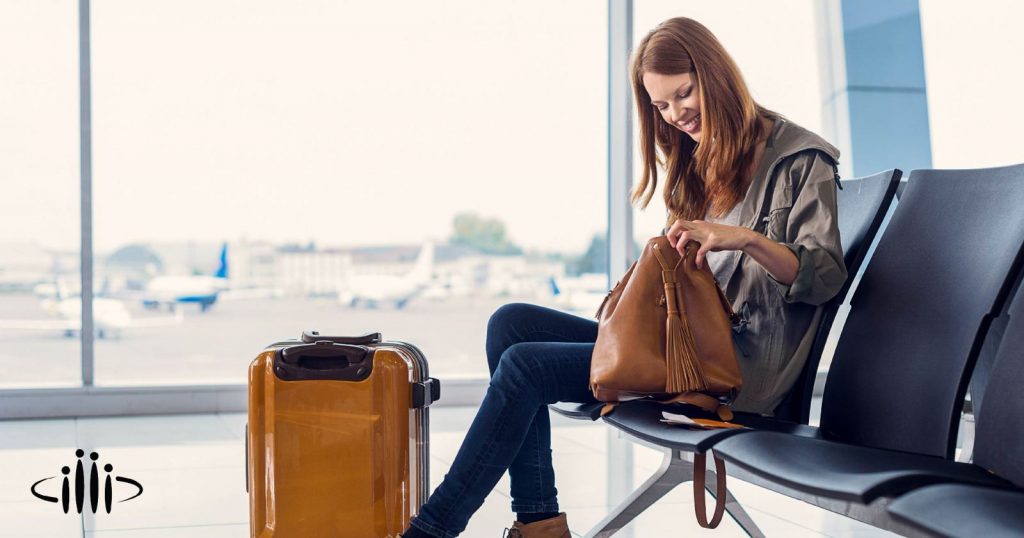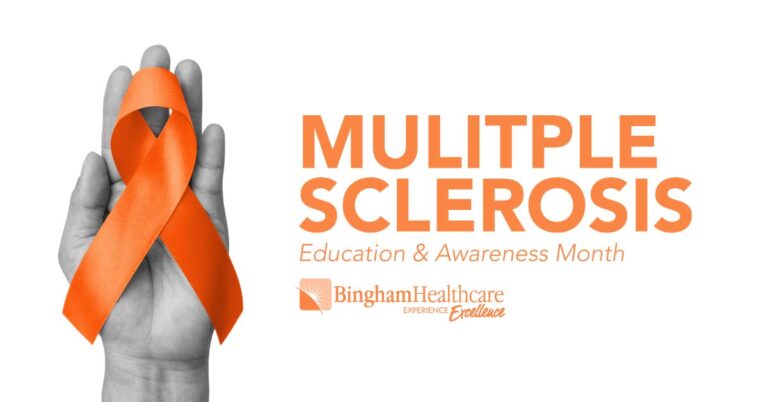
Traveling Safely with Diabetes
Toothbrush? Check. Someone to feed the cat and/or dog? Check. Boarding pass? Check.
When you’re about to head out of town for vacation, the details are daunting. But when you’re a traveler with diabetes, they can be even more overwhelming. You need to consider more than reservations and stopping the mail; you have to worry about your health and how you’ll keep your blood sugar levels in control when you’re away from home.
Never fear. If you have diabetes, a little rest and relaxation is a definite possibility. It just takes a little extra planning, and that’s what Angelo Capricchione, MD, a fellowship-trained endocrinologist at Bingham Memorial Hospital is here to help with. He is also board certified in the treatment of osteoporosis, diabetes, and thyroid disorders.
PLANNING AND PACKING POINTERS
“The most important thing you can do is plan ahead,” says Dr. Capricchione. “If you have diabetes, you don’t have the luxury not to plan.” In addition to scheduling a checkup with your healthcare provider for four to six weeks before you leave, it means answering such questions as:
Where are you going? If your destination requires special inoculations, be sure to plan ahead for those, as many healthcare providers’ offices don’t keep a supply on hand.
What will you be doing and in what kind of terrain? “If it’s going to be extra hot, think about your fluid intake,” Dr. Capricchione says. Pack an empty water bottle and fill it up as you go. If you’ll be on a beach or doing some hiking or a lot of walking, be sure to take the right shoes and socks to protect your feet.
How long will you be gone? “You can’t leave diabetes behind,” says Dr. Capricchione. “It’s packed with you.” The National Diabetes Education Program recommends taking twice the amount of diabetes medication and supplies—including an extra glucose meter—you think you’ll need. If you’re traveling with a companion, split the supplies between your two bags in case yours is lost, damaged or stolen.
What will you do in an emergency? Dr. Capricchione recommends finding out what healthcare facilities and pharmacies are at your destination. “You also should ask your healthcare provider for a hard copy of your prescriptions and carry those with you,” he says. He advises writing down your medications and dosages and carrying that list in your wallet and your suitcase. Do the same with the settings on your insulin pump, if you use one. And always wear a bracelet or necklace that says you have diabetes.
ON YOUR WAY
They say getting there is half the fun. While commercial airlines have mostly dispelled that notion, proper education and planning can make your flight uneventful, if not enjoyable. Here are a few things to consider:
Security check. To find out about TSA regulations concerning medications, visit www.tsa.gov/travelers and choose “Travelers with Disabilities & Medical Conditions.” You should be able to carry on any medications you need. Keep them in their original containers separate from other liquids you’re carrying, and alert a TSA agent when you go through security.
Flight plan. If possible, request an exit row or bulkhead seat so you have more legroom. And ask for an aisle seat so you can get up to walk during the flight, to reduce your chance of blood clots.
Carry on. You never know how long it could be before you’re reunited with checked bags, so always carry on your medications, supplies and snacks. Store them under the seat in front of you instead of in the overhead bin. That way, if the seat belt light stays on, you can still access whatever you need.
Snack attack. No matter how long your trip, being in control of your food will help ensure you don’t put yourself in danger. “If you assume you’re going to get something to eat during the flight, you could be unpleasantly surprised,” Dr. Capricchione says. The airline might not serve meals or turbulence could delay the food service. Good eats to pack include a sandwich on whole-grain bread, cheese cubes, granola bars and dried fruit.
In the zone. If your trip takes you across time zones, be sure to factor that into your testing and medication schedule.
YOU HAVE ARRIVED
You took a vacation to have fun, right? There’s no reason you can’t relax and enjoy your time. If you’ve planned well, you’ll be set up to feel your best.
Indulge within reason. Sampling the local cuisine is a fun part of the vacation experience. Enjoy food in portion sizes consistent with what you have at home so your blood sugar stays in a range that makes you feel good.
Keep moving. If you do eat more, plan more activity into your schedule to compensate. On the flip side, if your vacation schedule includes more activity than normal, be sure your blood sugar doesn’t get too low. Dr. Capricchione recommends testing more often so you have a better sense of where your levels are.
Rest up. “Sleep and stress can impact your blood sugar,” Dr. Capricchione says. If you’re getting up earlier or staying up later to enjoy activities, plan a midday nap.
Sick day. Montezuma’s revenge isn’t fun for any tourist, but it can be particularly dangerous if you have diabetes. “Be sure to discuss a sick-day plan with your healthcare provider before you leave,” Dr. Capricchionesays.
Stay on some sort of schedule. “It can be easy to miss your medication doses if your routine is different,” Dr. Capricchione says. That doesn’t mean you can’t be spontaneous, but if you always test your blood sugar after work, you might need to create a different cue in your head or set an alarm.
MANAGE YOUR DIABETES
Angelo Capricchione, MD, is a fellowship-trained endocrinologist at Bingham Memorial Hospital, and is board certified in the treatment of osteoporosis, diabetes, and thyroid disorders. If you think you’re at risk for diabetes, need a screening or would like to discuss the management of your diabetes, please contact Dr. Capricchione’s office at (208) 785-3865. He is always welcoming new patients in Pocatello and Blackfoot.
Return to Articles


